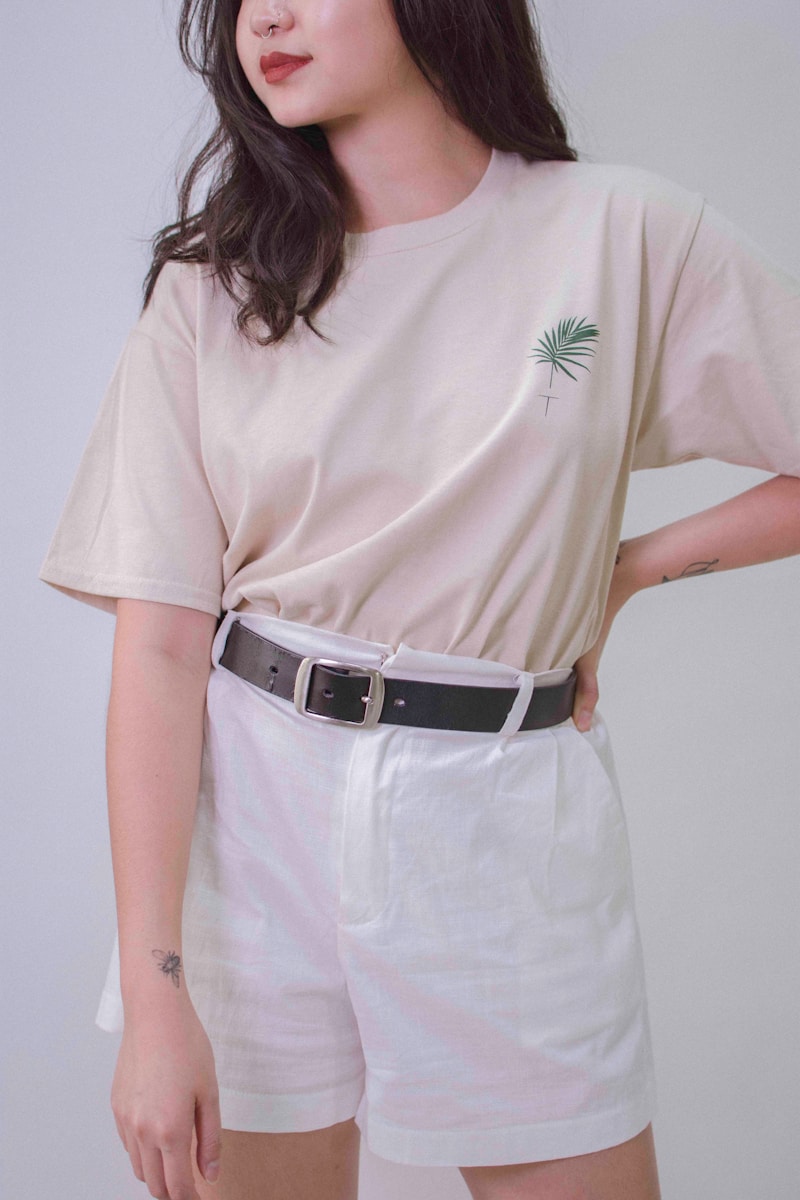In an age where fashion is increasingly consumed through digital screens and fleeting images, one might assume that visual appeal is everything. But a subtler, more intimate revolution is underway—one that invites you to touch, to feel, and to experience. Texture, once relegated to the background of color and silhouette, is stepping boldly into the spotlight. It is no longer just an accent—it’s a statement piece in its own right.
Fashion is rediscovering the power of tactile storytelling. From plush velvets to crisp tulle, slinky silks to chunky knits, designers are embracing fabrics that beg to be interacted with. And this resurgence isn’t about extravagance or opulence; it’s about playfulness, emotion, and a renewed desire for sensory depth in what we wear. In a culture dominated by visual noise, texture offers something profoundly grounding.
This essay explores how texture has evolved into a central design language—used to surprise, delight, and empower. It examines how different materials evoke emotion, how fashion’s new generation is bending rules to mix them daringly, and how texture is being used not only to dress the body but to express the soul.
Why Texture, Why Now?
Fashion has always followed a cyclical rhythm. In the past decade, we’ve seen waves of minimalism, normcore, and digital aesthetics dominate the conversation. Yet, in the aftermath of lockdowns and global uncertainty, people are craving tangible experiences—and clothing is one of the most immediate ways to reconnect with the physical world.
Enter: tactile fashion.
While color captures attention and cut dictates shape, texture commands intimacy. It is the one element that insists on closeness. A brushed wool coat invites a hand. A feathered sleeve flutters and dances. A structured mesh layer challenges expectations. In a way, texture breaks the boundary between self and observer, between garment and space.
Moreover, as sustainability becomes a driving force in the industry, texture has become a way to reinvigorate simple silhouettes and staple garments. Instead of overproducing trend-heavy collections, designers are investing in elevated, touchable materials that give classic pieces an edge.
The Emotional Language of Texture
Each fabric carries an emotional weight—a memory, a mood, a message.
Velvet is nostalgia and richness, evoking memories of vintage sofas and holiday dresses.
Tulle is whimsy and air, floating like a dream across the skin.
Corduroy is warmth and utility, recalling autumn walks and school uniforms.
Leather is rebellion, sleekness, and edge—all wrapped into one.
Mohair and boucle speak of softness and comfort, almost maternal in their embrace.
These materials don’t just look different—they feel different. And that feeling shapes the wearer’s identity. A simple cotton dress is easy and breathable, but swap it out for a structured jacquard, and the energy transforms. Texture becomes a silent yet potent communicator of mood, tone, and attitude.
In this sense, wearing texture is an emotional act—a way of signaling, without words, how we wish to be perceived or how we’re feeling internally.
Mixing Mediums: Clash, Contrast, and Control
The modern fashion landscape thrives on contradiction. Nowhere is that more evident than in the playful art of texture-mixing. Once considered a faux pas, combining drastically different materials is now a mark of bold, intelligent styling.
Picture this: a structured leather trench worn over a flowing chiffon blouse. Or a sequined crop top paired with raw denim. Or a heavy knit sweater layered atop a sheer mesh bodysuit. These juxtapositions ignite visual and tactile tension, creating outfits that are full of surprise and dimension.
This isn’t just about aesthetics—it’s about agency. When someone fearlessly combines unexpected textures, they rewrite the rules of dressing, proving that fashion doesn’t need to conform to logic or symmetry. It only needs to feel right.
This rule-breaking is especially evident on runways and in editorial spreads, where designers push the boundaries of material science—pairing rubber with lace, velvet with vinyl, fur with silk. These pairings speak a new design dialect, one that values complexity and individuality over cohesion.
Texture as the Focal Point
In many collections today, texture is not a side detail—it’s the hero. Rather than relying on color or pattern to make a statement, designers are crafting entire looks around a standout material.
A feathered mini-dress from Valentino doesn’t need color; the motion of the feathers does all the talking.
A 3D-printed mesh top from Iris van Herpen becomes wearable sculpture, playing with shadow and light.
Bottega Veneta’s use of inflated, pillowy leather gives handbags and coats a soft surrealism that transcends traditional form.
These examples reflect a new philosophy: texture is visual enough. It catches the light, creates contrast, and provides rhythm to a look, even when rendered in a single tone.
This approach has also democratized statement dressing. You no longer need bold prints or shocking cuts to stand out. A textured fabric, carefully chosen, offers quiet confidence and unique presence.
Texture in Everyday Styling
Of course, not every outfit needs to look like it belongs on a runway. But texture has found its way into everyday wardrobes too—and it’s transforming the way people dress for their lives.
A ribbed knit set adds dimension to a monochrome look.
Faux shearling lining on a denim jacket offers visual warmth and softness.
Crinkled cotton blouses bring a relaxed charm to summer dressing.
Satin trousers elevate a casual tank for evening wear without the need for sequins or sparkle.
Small touches—like a velvet scrunchie, a patent leather boot, or a raffia handbag—can make an otherwise simple outfit sing. It’s all about layering sensations, letting your clothing speak softly but with conviction.
Gender Fluidity and the Tactile Shift
As the lines between masculine and feminine dress continue to blur, texture has emerged as a gender-neutral form of self-expression. Where once ruffles and lace were seen as inherently feminine, today they are worn confidently across the gender spectrum.
The same applies to rugged textures. Coarse wools, raw denim, and distressed leather are now softened with draping and tailoring for broader appeal. Fashion no longer dictates who can wear velvet and who can wear corduroy. Texture is now seen as an invitation, not a restriction.
This inclusive spirit has given rise to garments that feel multidimensional in every sense—capable of serving different bodies, identities, and moods without compromise.
Digital Fashion and the Texture Paradox
As fashion increasingly moves into the digital realm—with NFTs, virtual styling apps, and metaverse collections—a paradox is emerging: the more digital our lives become, the more we crave physicality.
Even in virtual fashion design, texture remains a focal point. Digital garments are rendered with hyperreal fur, foam-like silhouettes, and glassy, skin-tight sheens—designed to mimic touch in a world where we can’t feel.
This paradox underscores texture’s enduring value. No matter how advanced our technologies become, there will always be a human longing for tactile interaction—and fashion will continue to provide it.
Final Thoughts: Embracing Texture as a Philosophy
Texture isn’t just a design choice—it’s a philosophy of engagement. It invites interaction. It slows down the act of dressing. It makes the familiar feel new again.
In an increasingly overstimulated world, texture offers a path to sensory grounding—a reminder that fashion is not just about how we look, but how we live and feel. Whether through plush, crisp, coarse, or silky finishes, our clothes become extensions of our emotional and physical selves.
So the next time you reach for an outfit, don’t just ask what color looks good or what cut flatters. Ask what texture tells your story.



